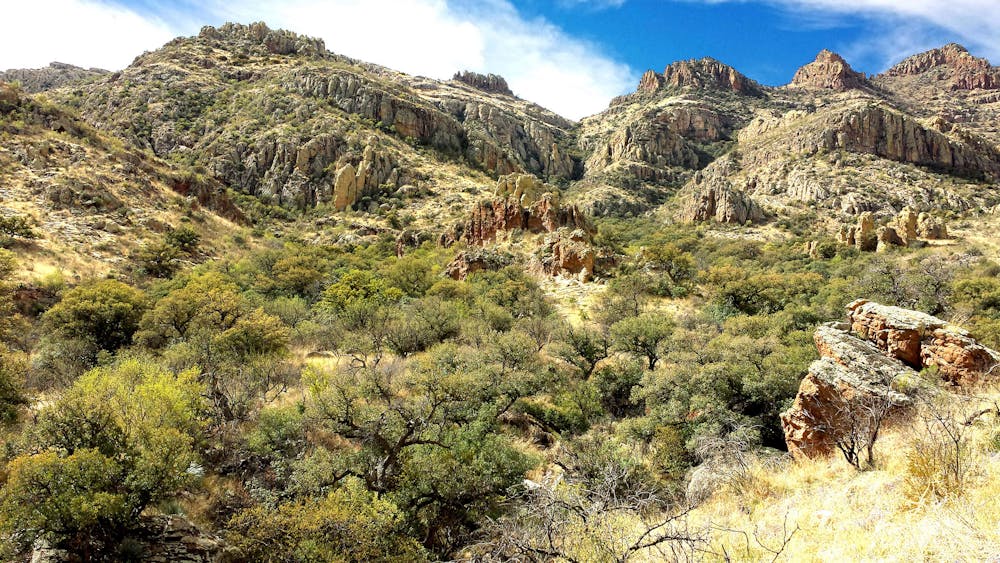
California’s chaparral ecosystem is the state’s iconic shrub-dominant vegetation that covers broad areas of foothills stretching across the state but particularly southern California. Chaparral wilderness occupies more than 8.5 million acres and the drought-resistant and woody shrubs and as the California Chaparral Institute explained, provides essential protection against erosion, allows underground water supplies to recharge, moderates local climates, provides important habitat for an interesting assortment of animals. Yet because of the increasing frequency of major wildfires in California, these shrublands are coming further under threat.
As the LA Times reported, frequent big fires mean that shrublands that would naturally burn at intervals of 30 to 60 years — or even a century or more — are sometimes torched at intervals of a decade or less. When that happens, resprouting species don’t have sufficient time to regrow. Non-sprouting shrubs can’t reach maturity and shower the ground with a new seed bank. Invaders can then take over in a process ecologists call type conversion. The U.S. Forest Service explained that steep slopes where chaparral ecosystems have converted to grasses and other herbaceous plants are more prone to soil slippage and slope failure during high-intensity rainstorms, likely due to decay of deep shrub roots. Additionally, when native species aren’t able to grow back, biodiversity declines and fire cycles accelerate. Re-establishment of chaparral shrubs after grass conversion is difficult and a topic of active research.
Why This Matters: Many Californians see chaparral wilderness as something that needs to be removed as it’s merely an inconvenience to landowners and seen as fuel for wildfires. But removing these native ecosystems has the opposite effect and actually makes wildfires more severe in the long run. The impact on California’s chaparrals is just one of the many effects of massive wildfires that we’re still learning about, and it’s a reminder that damage from fires doesn’t stop when the fire is extinguished. California and its diverse ecosystems will have a very long recovery after the last two years of wildfires, if it can recover at all before the next fire strikes.
January 15, 2019 » California, chaparral, shrublands, shrubs, wildfires


